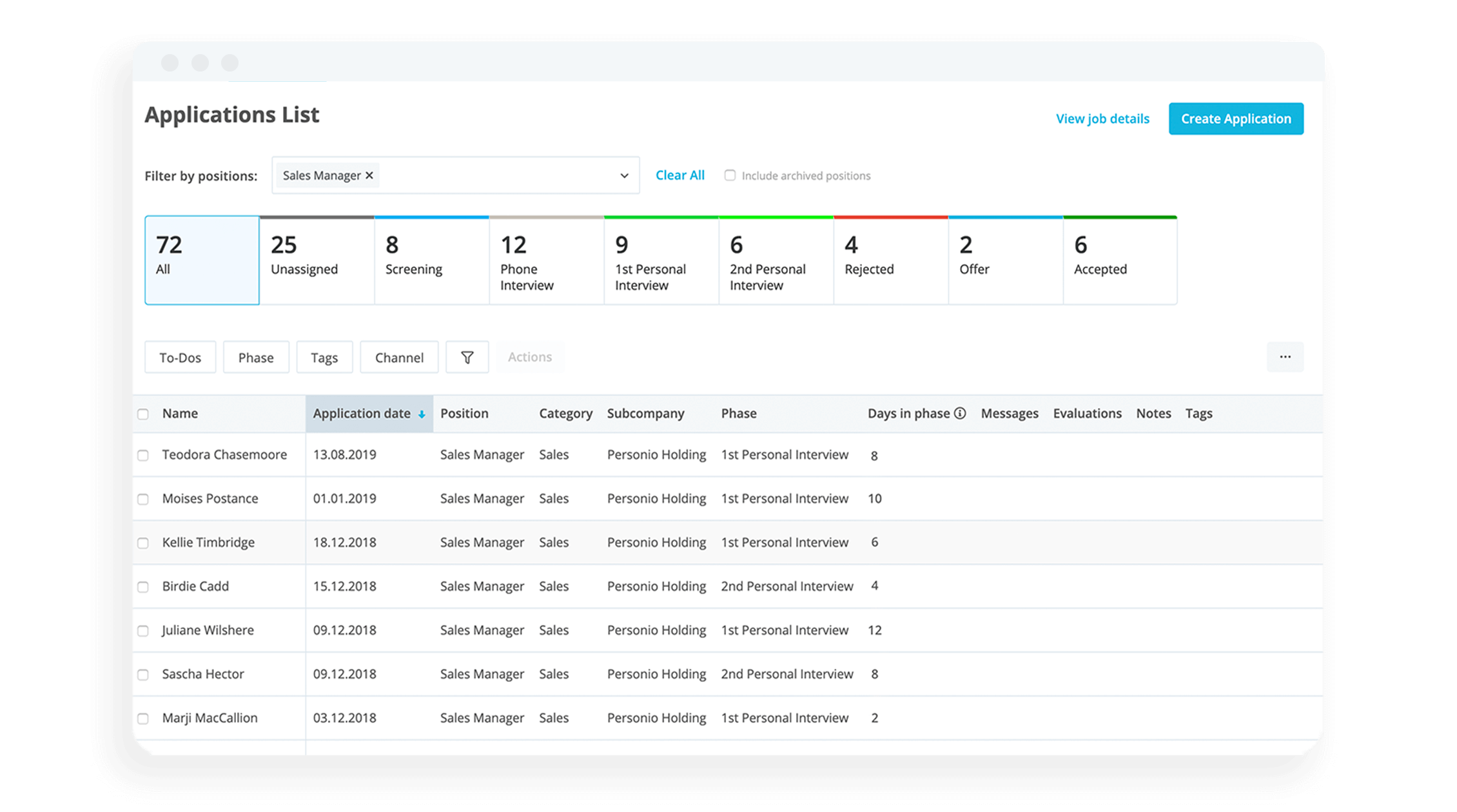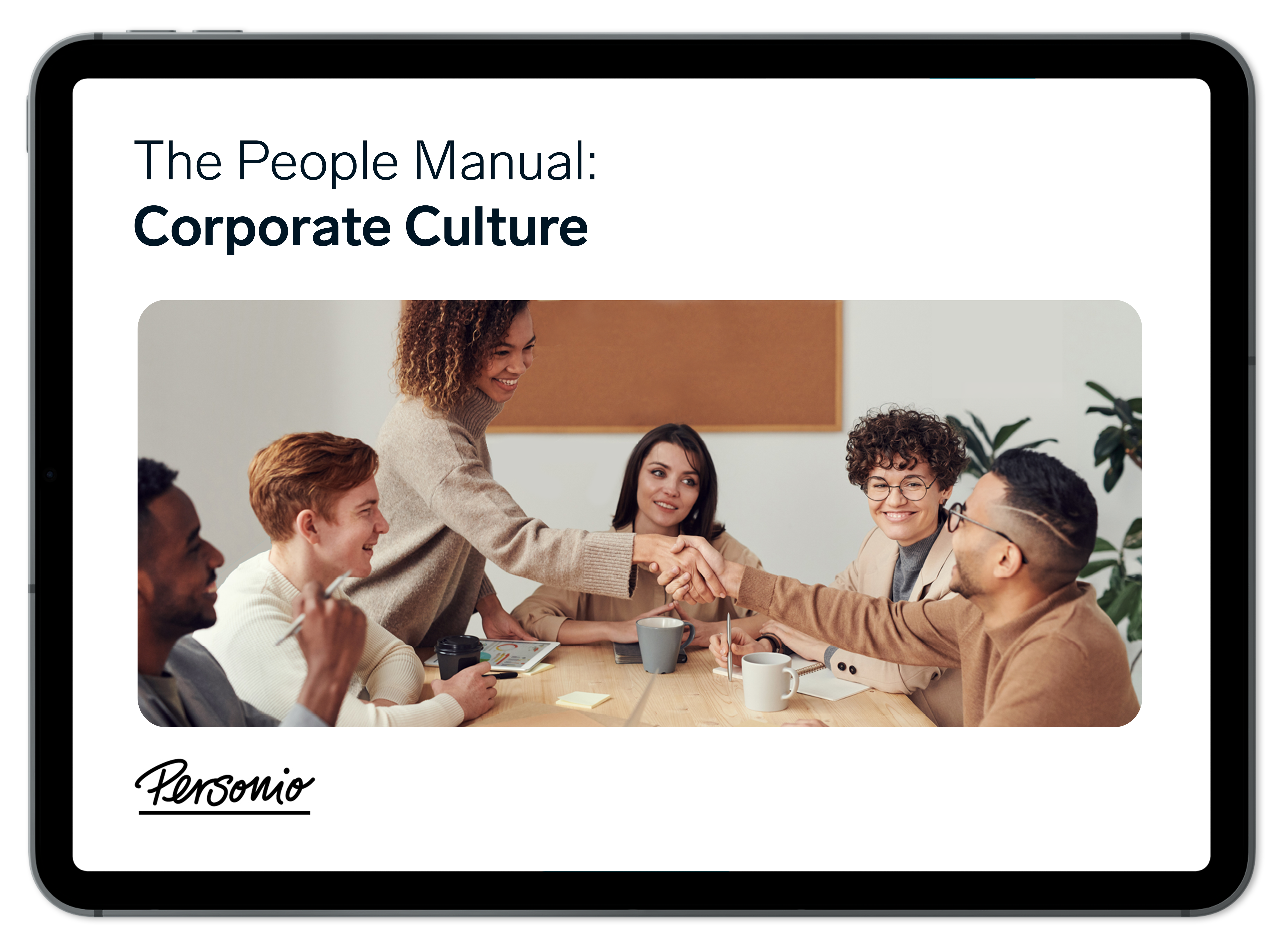Job Description 101: Template & Writing Tips

What is a job description? In this article, we aim to show you some job description best practices to help attract top talent to your organisation.
This guide offers tips on how to write a job description alongside some handy job description templates you can easily use for future job adverts.
Key Facts
An effective job description provides a clear job title, location and other components that appeal to quality candidates (such as salary and benefits).
A thorough job description ensures candidates feel equipped for the position.
It’s important to write concise job descriptions that are clear and to the point.
What Is a Job Description?
A job description (JD) is a written description that explains the responsibilities, qualifications, benefits and (often) the salary of a position.
When it comes to the standard job description format, many will follow a similar logic. This typically includes:
A brief introduction
Ways of working and ideal office location
An overview of the role and responsibilities (potentially salary details)
Skills, education, knowledge required for the role
Potential steps outlining the interview process
Benefits to help attract top talent
Any final notes on next steps
Typically, companies use job descriptions to specify the qualifications of an ideal candidate (otherwise known as a unicorn). This means that, while a candidate may not check all of the boxes, that shouldn't be a sole requirement for recruiters to contact them.
What Is the Purpose of a Job Description?
A job description is the beginning of the recruitment process for an open role. It details the roles, responsibilities and requirements for the position, as well as important information about your company, including salary, benefits and company culture.
When a job description provides the necessary details, it sets up the candidate and the employer for a successful interview.
Why Are Job Descriptions Important?
Detailed research has shown that the majority of job advertisements are poorly written and interchangeable with each other. Often, they are full of meaningless jargon, and one can only guess what’s really behind the advertised position.
The most common mistakes include:
Job ad titles that are not accurate enough / too general, e.g. "Sales Person," “Marketing Generalist”
Ambiguous wording when duties are described: “You will be maintaining our online marketing effort.”
Dishonest, sugarcoated descriptions: “A very versatile role”
Unrealistic requirement profiles and unclear distinction between mandatory and desirable job requirements
Use of typical phrases to describe the company culture and benefits for the employee: “a friendly work environment,” “flat hierarchies,” “market-oriented salary and social insurance benefits”
As a result, these job ads get lost in the huge mass of advertisements that are out there. They speak to anyone and therefore appeal to no one.
It’s purely a matter of luck whether suitable candidates will apply. In the worst case, they attract a whole lot of unqualified applicants who will only cost you time and money.
How To Write a Job Description
The writing of job ads is an art in itself. They have to be catchy, fit the company, appeal to the right target audience and must not violate any laws.
However, most advertisements are based on a template that was set up years ago and only requires the position title, job responsibilities and requirements to be entered. Often, HR will provide a template and the relevant department enters the description, which is then published without being further reviewed.
This is a poor practice that can lead to having to sort through multiple applicants that have reacted to your vaguely worded ad, but are really not suitable.
Below, we’ll explore the different components and steps to writing a successful job advert:
Job Title | The job title goes at the top of the advert, both for practical purposes and to catch the eye of qualified candidates. Formulate a title, 10 to 80 characters in length. Use common and accurate position titles to make your position easy to find on search engines and job boards. |
Location | Commute time can influence a candidate’s decision to accept a job. Make sure to include whether the job is hybrid or fully remote, too, or if you offer relocation assistance if the position is in person. |
Attention Grabbing First Paragraph | Draw in candidates with a compelling opener. Candidates are scrolling through dozens of openings, so an intriguing start can turn the right heads. Tell them the “why” right away – why this job, and why your company? |
Job Description | This is a thorough overview of what a candidate can expect from this role. Paint a clear picture of the position: Detail the daily responsibilities and overall function they will serve in the organisation. |
Job Requirements | Job requirements are the skills and qualifications they’ll need to qualify for the position. The key is to be realistic about and clear with your expectations. For example, state the number of years of experience and avoid vague statements like “several years”. |
About Us Section | Use this next section to tell potential candidates more about your organisation. You could explain your company’s background and mission statement. It’s also a good opportunity to articulate the organisation’s values to help candidates determine if their values align with the company’s. |
Salary and Benefits | While UK employers are not required to share salary or benefits in a job advert, doing so provides the candidate with information they can use to determine if the position is a good fit. |
How To Apply | Let the applicant know if they have to click on a link to your organisation’s site, email a resume and other requested documents, or if there’s a site to use to apply. |
Offer an Amazing Candidate Experience With Personio

Hire the right employees faster with Personio’s Applicant Tracking Software (ATS). Communicate with talent, easily create job offers, and turn candidates into employees with a single click.
Start A Seamless Candidate Experience TodayQA Business Analyst Job Description Example and Template
You can follow the example below to produce any kind of job description. Replace the text in each section with the information for the position you’re looking to fill.
QA Business Analyst Job Description Example
Job title: QA Business Analyst
Job location: London, United Kingdom
Remote: Hybrid
Full Job Description
As a QA Business Analyst, you’ll be a part of and occasionally lead projects related to the business process. Specifically, you’ll work on the product development team and help our IT and business teams come together to develop and provide the best user experience for our customers.
Here are some other roles and responsibilities to expect:
Develop strategies and implementation plans to help improve performance.
Work with dev leads, splitting the project into an actionable timeline with clearly-defined milestones.
Work with the dev team to monitor the results of each benchmark on the timeline.
Communicate with customer-facing teams and dev teams to always work toward improvement, providing a better user experience.
Work with the Project Manager as well as the dev team and the Quality Assurance team.
Requirements:
Business Analyst experience (must have at least 4 years of experience)
A Bachelor’s degree in Project Management, Engineering, Quality Assurance, or a related field
Experience creating flowcharts and usable wireframes
Effective communications skills and project leadership
Quality Assurance experience (must have at least 4 years of experience)
About Us
[Add in an exciting section describing your company, what you do, what you stand for and anything else that could compel a candidate to apply.]
Salary and Benefits
£70,000–80,000
Benefits:
[Add in any relevant employee benefits that would convince an applicant to apply. You could include your paid time off allowance, or any fringe benefits.]
How To Apply
Click the link below to apply now
Best Practices for Writing Job Descriptions
What can you do to make your job description and advert stand out from the crowd and attract qualified, suitable applicants? The following tips will help:
1. Concise job title
A job title is critical for potential applicants to find your advertisement using search engines and online job portals. Formulate a title, 10 to 80 characters in length, and use common position titles that are as accurate as possible.
Ask yourself: Which term would an applicant I want to appeal to enter in a search field?
2. An attention-grabbing first paragraph
Pay particular attention to how you introduce your company and the role. Many readers will simply skim your job description, and this first line is going to crucially set apart your job advert from many others on the market.
Ask yourself: Would I want to apply for this role after reading this paragraph?
3. Complete and accurate job description
Applicants should get a clear picture of what awaits them. Be sure to detail all roles and responsibilities, as well as potential reporting lines and decision-making authority. An added benefit is that honesty will aid your candidate experience down the pipeline.
Ask yourself: Am I setting a realistic tone for what this job will include?
4. Realistic job requirements
List the required skills, training qualifications, certifications and minimum job experience. Rather than saying “initial” or “several years of” experience, state your requirements in the job ad more concretely, e.g. “minimum one year” or “three to five years.”
Ask yourself: Are we being realistic for the role we want to hire?
5. Provide a sense of the culture
Your company culture should be reflected in all areas of the job ad – from content through to wording. A description of your company, the (additional) benefits that are offered to employees, as well as an outlook on future development opportunities are a must in every job ad. The purpose here is as much a "vibe" as it is information.
Ask yourself: Does our job description reflect the culture we want to establish?
A decade of insights on corporate culture

Download one of our latest People Manuals on the subject of corporate culture and become a subject matter expert today.
Download it todayFrequently Asked Questions About Job Descriptions
What Is the Purpose of a Job Description?
The purpose of a job description is to provide applicants with essential information to set the interview process up for success.
What Is a Work Description Example?
A good work description example can help you develop a listing that attracts top talent. You can use a good work description to save time while hiring for future positions.
Attract the Right Candidates for the Job
Job descriptions are critical, but they're only one part of the hiring process. To help source, track and onboard candidates, consider Personio: an all-in-one HR software solution designed to take your people operations to the next level.
From recruiting to onboarding and managing, Personio makes your people processes simpler and more streamlined. Take a look here to discover the Personio advantage.
Disclaimer
We would like to inform you that the contents of our website (including any legal contributions) are for non-binding informational purposes only and does not in any way constitute legal advice. The content of this information cannot and is not intended to replace individual and binding legal advice from e.g. a lawyer that addresses your specific situation. In this respect, all information provided is without guarantee of correctness, completeness and up-to-dateness.

